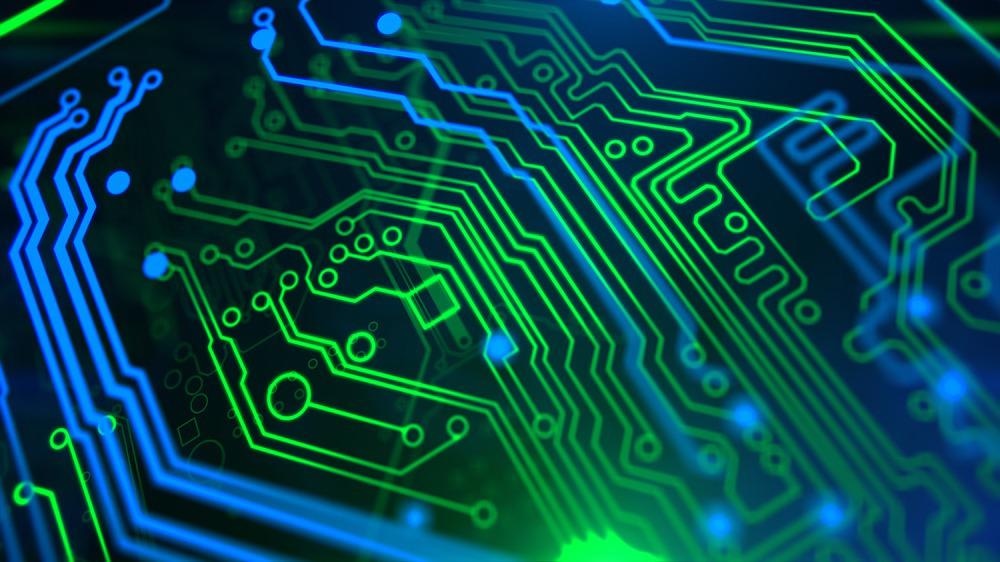An open web tool has been developed and reported by researchers at Umeå University for the facile identification of green solvents for sustainable printed electronics. The study has been published in the Nature Communications journal.

Image Credit: LevLev/Shutterstock.com
The developing field of printed electronics holds promise to radically modify the way people view and use electronics via energy-efficient and affordable printing of electronic inks onto regular surfaces like textiles and paper.
But a major issue from a sustainability point of view is that several existing inks utilized during the printing include dangerous and detrimental solvents for both workers and the surroundings.
For this challenge to be overcome, Dr. Christian Larsen and Professor Ludvig Edman collaborated with researchers from the Department of Physics at Umeå University. They created an open web tool for the facile identification of green solvents for sustainable printed electronics. The green solvent selection tool is openly accessible from the internet.
Printed electronics will change the way we view and use electronics in the future. You will be able to add functionalities, such as sensors, solar cells, displays and illumination panels, onto a variety of common and functional surfaces by affordable printing processes.
Christian Larsen, Senior Research Engineer, Department of Physics, Umeå University
“You can imagine clothes that lights up and makes you visible when it is dark, ultrathin illumination panels that are painted onto the walls and ceiling, and flexible and lightweight solar panels that provide electricity when you are out on adventures. The potential applications are near endless,” added Larsen.
The printing fabrication is executed by sequential deposition of exclusively designed inks, consisting of the active material dispersed or dissolved in a liquid solvent. The solvent tends to be exceptionally essential in identifying the ink's quality and also the final device.
Following each printing step, the solvent is eliminated by evaporation and thus exposed to the workers and the environment. A major issue in this process is that various existing solvents in printed electronics are non-sustainable as they cause environmental hazards, safety risks, and health issues.
Therefore, we have developed an open web tool for the straightforward identification of alternative functional and green solvents, which in essence combines the ‘like-dissolves-like’ approach for solvent functionality with a well-established ranking for solvent sustainability or ‘greenness’.
Christian Larsen, Senior Research Engineer, Department of Physics, Umeå University
Journal Reference:
Larsen, C., et al. (2021) A tool for identifying green solvents for printed electronics. Nature Communications. doi.org/10.1038/s41467-021-24761-x.